10 places to visit before they disappear
Categories: Travel
By Pictolic https://pictolic.com/article/10-places-to-visit-before-they-disappear.htmlThe media so often tell us about changes in the climate and landscape of the Earth, related to the life of humanity, that we have ceased to attach great importance to it. Global warming-they have been talking about it for decades, but we do not feel it, the rise in the level of the world's oceans is somehow far away from us and is not perceived as a danger.
Meanwhile, there are a large number of beautiful corners of our planet, on which these changes have a huge and disastrous impact.
We have compiled a list of places-the ornaments of our planet, which we risk losing due to global warming, the influence of industry or great tourist activity.

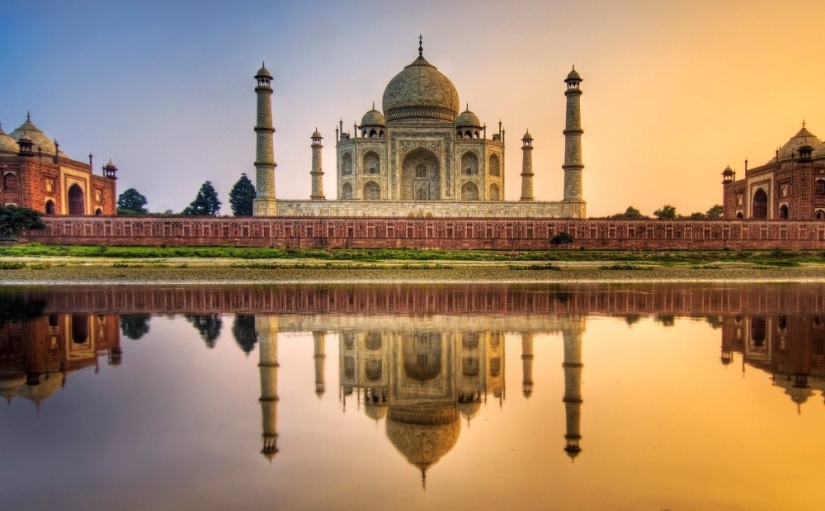
Taj Mahal, Agra, India
According to many scientists, this beautiful once snow-white mausoleum is no more than 5 years old. There are several reasons for this: the pollution of the Jamna River, which washes the foundation of the Taj Mahal, has led to the fact that the foundation beams have begun to rot, and endless tourists are damaging the marble floor and walls of the structure. At the request of UNESCO, the mausoleum may be closed to the public in the near future.
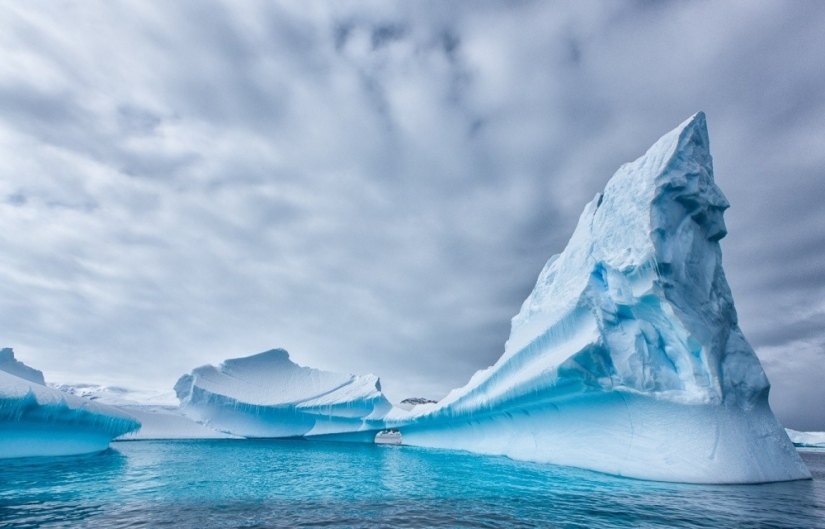
Glaciers of Antarctica
After analyzing images from NASA satellites, scientists came to the conclusion that the rate of melting of Antarctica's glaciers over the past 10 years has become simply catastrophic. Since 2003, the ice has become thinner in some areas by almost a meter, and in place of the ice mountains, you can already see hills today. The situation is aggravated by meltwater, which, eroding, destroys glaciers faster than warming. In order to somehow reduce the impact on nature, the number of cruises in the Antarctic region has been reduced, and in the near future they are planned to be banned altogether.
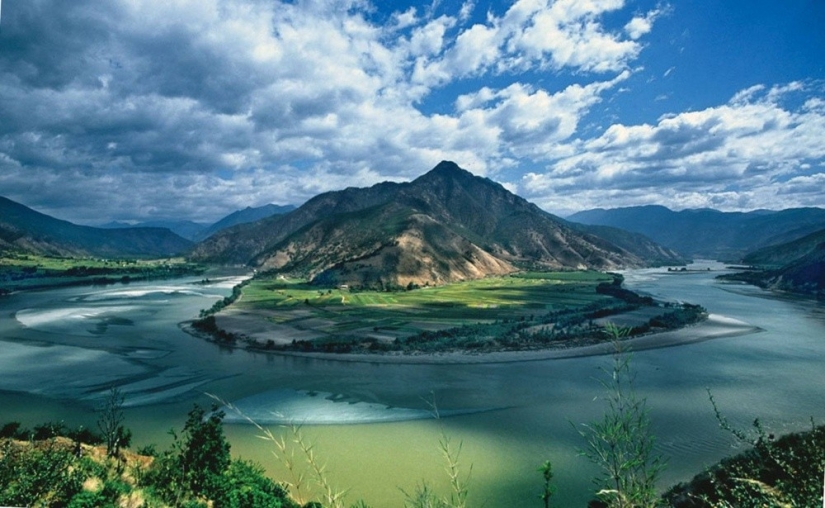
Yangtze River Basin, China
The construction of a giant dam, shipping, industrial and agricultural waste, deforestation-all this leads to the death of the flora and fauna of the Yangtze River. Chinese sturgeon, gray porpoise, Chinese alligator — all these rare species of animals that live in the Yangtze, are on the verge of extinction.
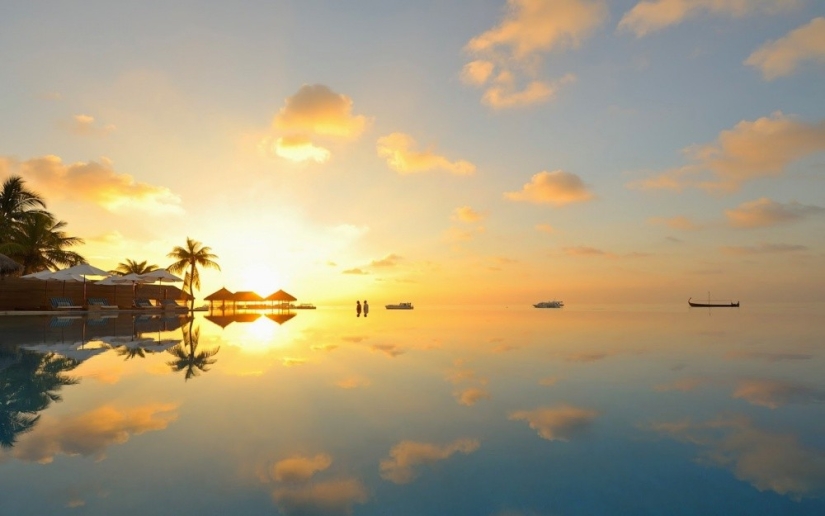
Maldives
The 1190 islands and atolls of the Maldives archipelago are completely at sea level (the highest point of the islands is 2.4 meters). Due to the melting of glaciers, the water level in the World's oceans is rising, and this threatens to completely flood the Maldives. The authorities of the state are preparing for flooding by buying land and houses for their fellow citizens on the mainland (mainly in India).

Great Barrier Reef
Increased water acidity, a large flow of tourists, warming-all these factors lead to the destruction of the Great Barrier Reef. But most of all, the situation is aggravated by tropical hurricanes and starfish, which feed on coral polyps. From 1985 to 2013, more than 50% of the total mass was lost, and in another 10 years, only a quarter may remain. How to deal with hurricanes and warming on a global scale, scientists still do not understand, but they can conduct biological control and reduce the population of starfish.
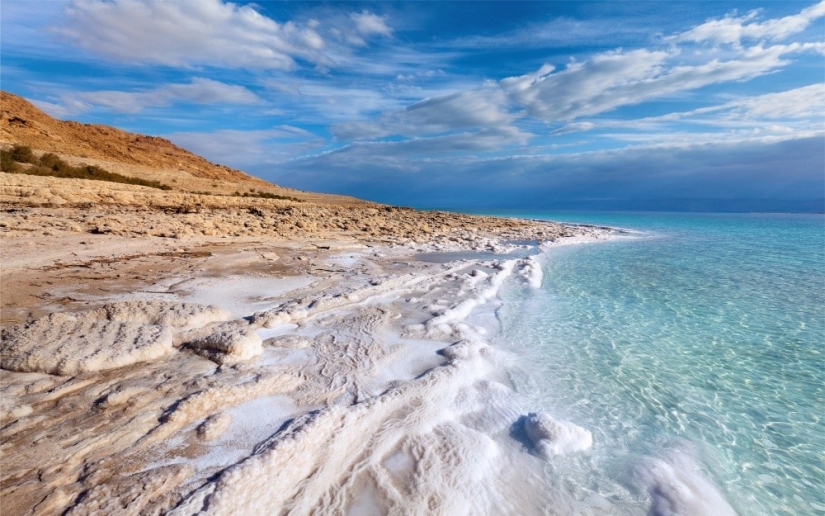
The Dead Sea
Since 1970, the water level in the Dead Sea has decreased by 30 meters. The reason for this is primarily the extraction of minerals on the territory of the sea and the use of 80% of the tributaries flowing into the sea. The sea disappears, leaving karst craters on the newly formed land areas, which negatively affect the ecosystem of coastal areas. To save the Dead Sea, it is planned to bring a channel from the Red Sea to it, but in this case, the composition of the water and the former appearance of the salt reservoir will never be the same as before.

Galapagos Islands
The Galapagos is home to almost 10,000 rare species of animals, and it was a visit to this archipelago that inspired Charles Darwin to work on the theory of evolution. Unfortunately, the endless flow of tourists, poachers, and cruise ships passing along the islands has led to the fact that the ecosystem of the islands is in a deplorable state, and many representatives of the flora and fauna are threatened with extinction.
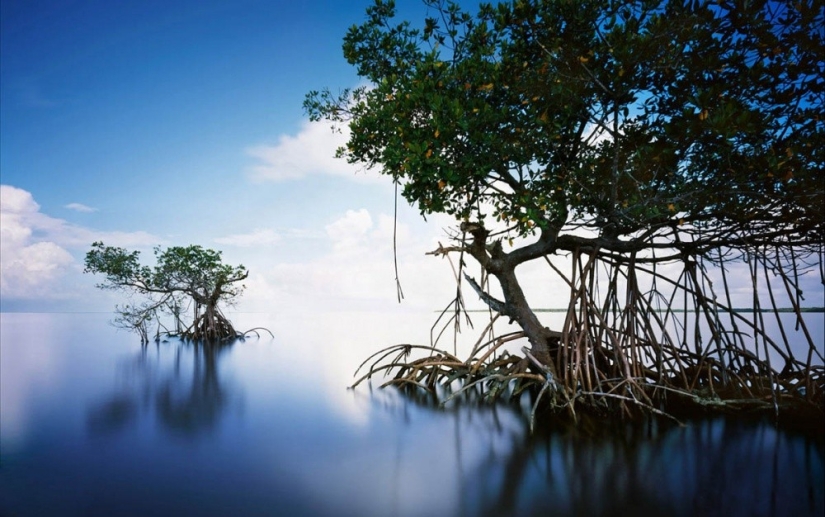
Everglades National Park, Florida, USA
The reservoirs of this beautiful park in the United States, which is home to dozens of rare species of animals, are drying up, because the water from them is pumped out for the surrounding farms and cities. The swamps that occupy a large area of the park are polluted with waste, and their ecosystem is collapsing. Since 1900, the territory of the park has been reduced by half, and on the verge of extinction are such animals as the Florida panther ("Everglades" — the only habitat of this species), turtles, manatees.
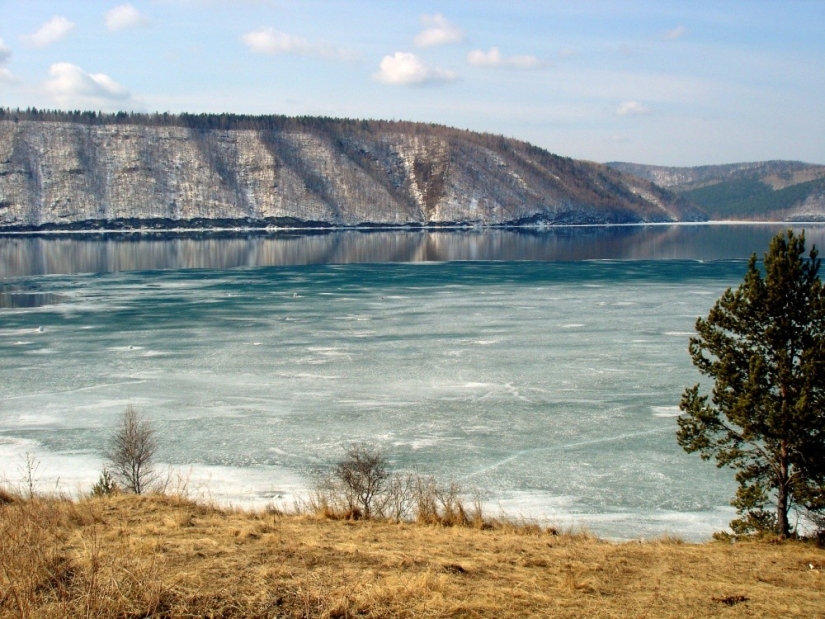
Angara River, Russia
The once cleanest river in the world may disappear from the face of the Earth, turning into a long chain of dirty reservoirs filled with emissions of petroleum products, mercury and copper compounds. In some areas, it is already not recommended to eat fish caught in the river. Due to poor ecology in the area of Angara on the verge of extinction are sturgeon, sturgeon, taimen, as well as unique Angara pine forests-the pride of Siberia.
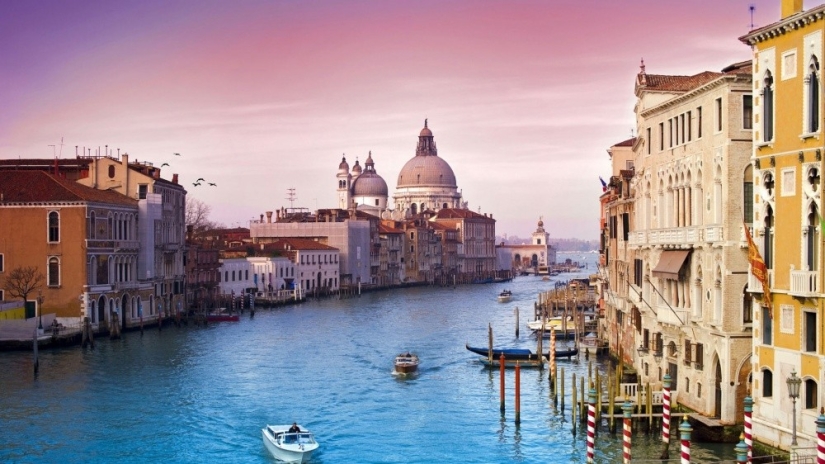
Venice, Italy
Venice is sinking — the water level rises by 1 millimeter a year, and by 2100 the city may disappear completely. A large number of tourists adds fuel to the fire: 60,000 a day, instead of the norm that the ancient city can withstand, of 30,000. The waves of cruise ships are also disastrous for Venice — they erode the foundation. They are trying to save one of the most beautiful cities on the planet — they have banned the entry of cruise liners to the central part, they plan to introduce restrictions on the number of tourists, but the sea, which once gave Venice wealth and prosperity, continues to ruin it.
It is sad that all these places in a few decades, our descendants will be able to see only in colorful photos on the Web. Saving the planet on a global scale, of course, is a matter for special organizations, professionals and entire states, but we believe that everyone can make a small contribution to the common cause — for example, by remaining a cultural tourist during trips to historical places, trips to nature, as well as making reasonable use of natural resources.
Keywords: Tourism | Travel | Location
Post News ArticleRecent articles

Sometimes, just one clever angle is enough to turn an ordinary shot into a puzzle. This collection features 22 photos where ...

The history of the Blanchard family happened back in 2015, but it is still being talked about. The brutal murder of Dee Dee ...
Related articles

Ah, Italy, a beautiful country with divine cuisine, rich history and beautiful landscapes. Here every tourist will find something ...

In 2010, photographer John Thackwray from South Africa began a journey around the planet with a series of works called "My Room". ...

Many guests of the Island of Freedom, barely having time to set foot on Cuban soil, hear from the guides & # 8212; " Have time to ...

Oscar Wilde once said, "Life imitates art even more than art imitates life." And after viewing the photos that we have collected ...